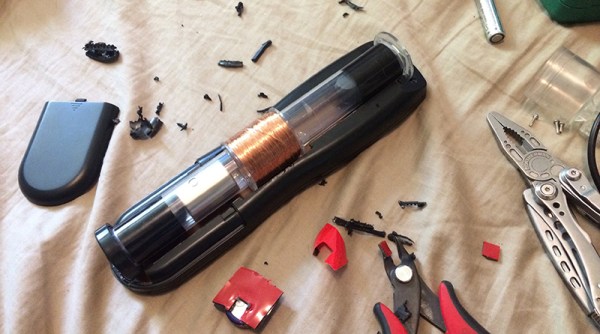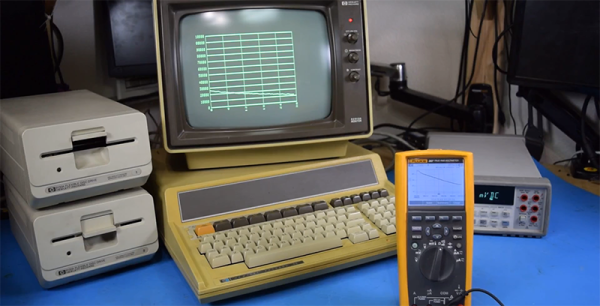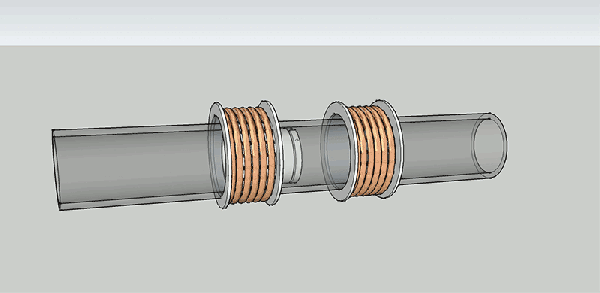Another holy scroll for the Church of Robotron. PoC || GTFO is a semi-annual journal of hardware exploitation, and something you must read. About a year ago, No Starch Press released the first Bible of PoC || GTFO, and now it’s time for a new testament. PoC || GTFO Volume 2 is out now, covering Elegies of the Second Crypt War to Stones from the Ivory Tower, Only as Ballast. It’s still Bible-shaped, with a leatherette cover and gilt edges.
KiCad version 5 is out, and you know what that means: It’s time to start on version 6. To that end, CERN has opened up the floodgates where you, yes, you can donate to KiCad development. The team is looking for 600 hours of development and 30,000 Swiss Francs or about that many US Dollars. As of this writing (last Wednesday), more than 200 people have donated, at an average donation per person of about 80 CHF.
Oh good, this is finally over. Qualcomm will not be buying NXP. Previously, Reuters reported Qualcomm would purchase the other semiconductor manufacturer for $38 Billion, the largest semiconductor deal ever. There were earlier rumors of an acquisition. The deal was struck down by Chinese regulators, and speculation rages that this is a reaction to the US/China trade war. Qualcomm now has to pay NXP $2 Billion in fees, which they could use to dig out some of the unobtanium Motorola datasheets locked away in a file cabinet.
The uStepper (or μStepper, whatever) is a neat little add-on to standard NEMA stepper motors. It bolts to the back and gives you the ability to control a stepper over a standard serial bus, with a built-in encoder. Now there’s a new Kickstarter for an improved version that uses the Trinamic TMC2208 ‘silent’ motor driver. That Kickstarter is just a draft now, but if you’re planning a 3D printer build, this could be what you’re waiting for.





















